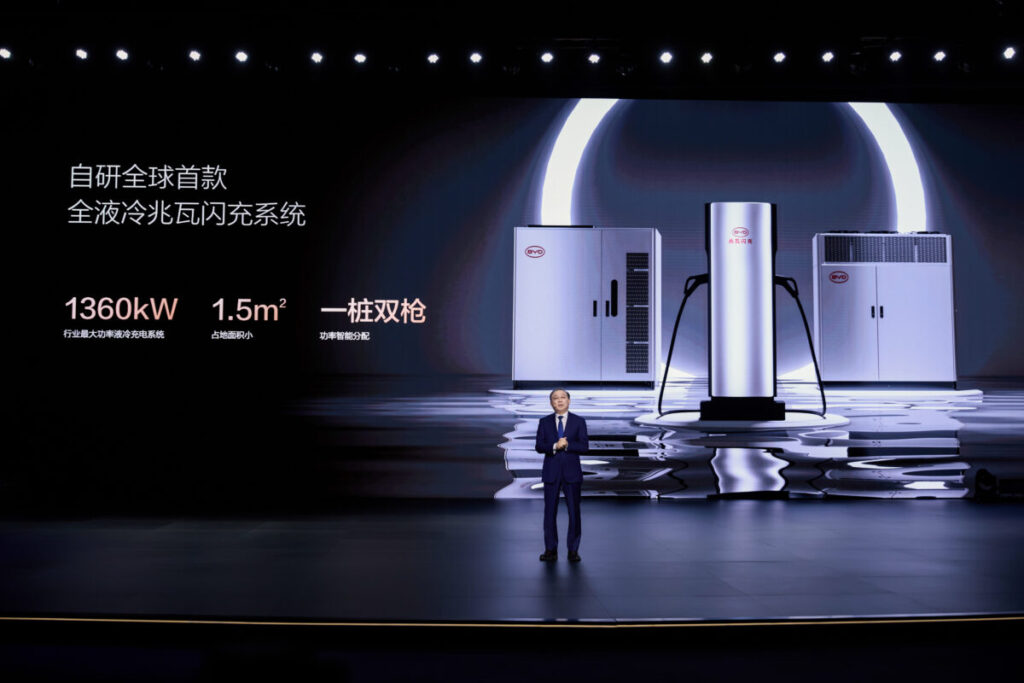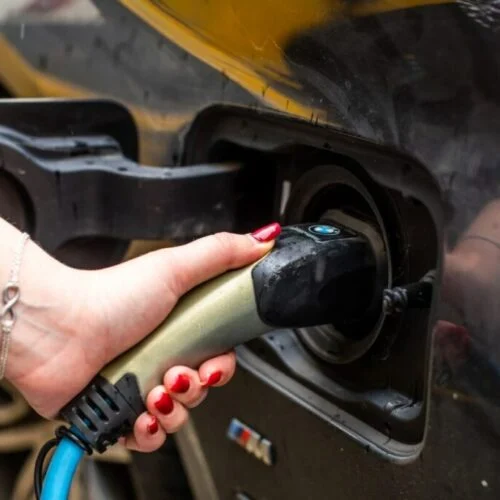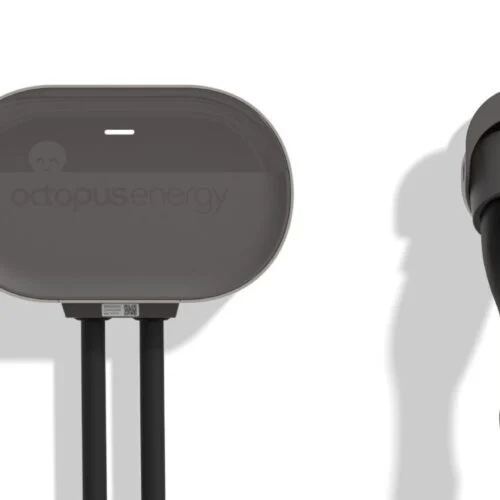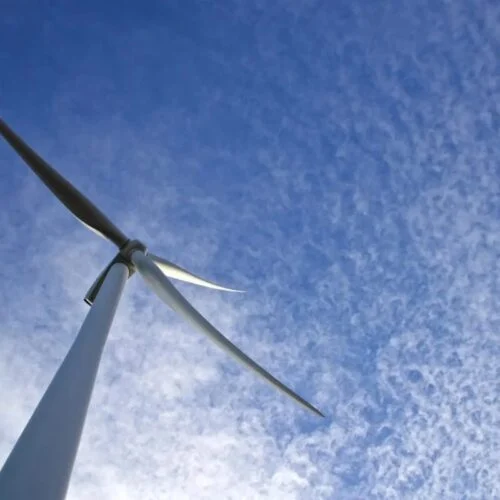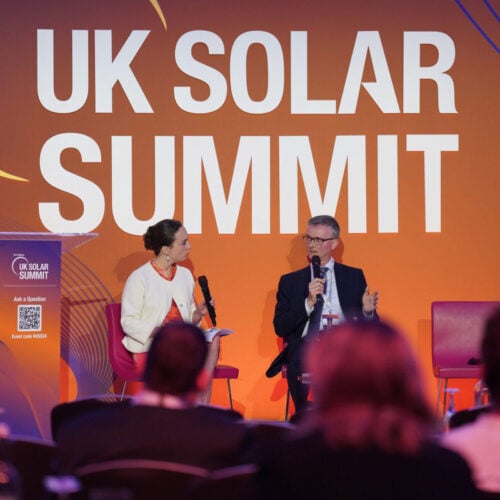The number of public charging stations worldwide doubled over the last two years, keeping pace with growing EV sales, and fast charging capacity is projected to grow more than tenfold by 2030.
The International Energy Agency’s (IEA’s) annual Global EV Outlook shows that EV sales exceeded 17 million globally in 2024, putting EVs’ share of the global car market above 20% for the first time.
So far in 2025, sales have increased 35% year on year, and the IEA projects that EV sales will exceed 20 million worldwide during 2025, representing more than 25% of cars sold globally.
The report does note that in the US, sales projections have been revised down compared to 2024’s Outlook given the policy direction taken so far this year.
Supporting the number of EVs taking the road, in 2024, more than 1.3 million public charging points were added to the global stock, an increase of more than 30% compared to the previous year.
Just the number of charging points added in 2024 is equal to the total number available in 2020.
Global EV charging infrastructure deployment
IEA says that globally, public charging capacity for light-duty EVs would need to grow almost ninefold by 2030 to meet the demand implied by stated policies. Despite this, EVs account for only 2.5% of total global electricity demand in 2030.
The number of ultra-fast chargers, with power ratings of 150 kilowatts (kW) and above, grew by about 50% in 2024 and now accounts for nearly 10% of all public fast chargers.
China and the European Union maintained a steady pace of deployment in line with the number of EVs on the road, but in both the US and the UK public charger build-out did not keep pace with EV deployment, seeing the number of EVs per chargepoint increase in 2024.
There is more than one public charger for every 10 electric cars in China, and the EU has one chargepoint for every 13.
Although comparing number of cars to number of available public chargepoints is one way of tracking availability, according to the IEA’s report, the UK and US both have higher rates of access to home chargers than in China, somewhat accounting for the disparity.
US charging stock increased 20% in 2024 to just under 200,000 public charging points. In 2021, US$5 billion (£3.7 billion) was allocated to the National EV Infrastructure Programme to fund fast chargers along travel corridors. However, by the end of 2024 just US$30 million (£22.5 million) had been spent on now-operational chargepoints, and in January 2025 new US president Donald Trump paused the disbursement of these funds, making the future of the scheme uncertain.
In highly populated urban areas, the reliance on public charging is higher. In assessing the speed of public charging, the IEA also notes that public slow chargers in urban areas are a solution for EV owners without access to home charging.
Fast chargers along highways help enable longer trips, home charging available or not, and in Europe over 75% of all highways have a fast-charging station at least every 50 kilometres, compared with less than half of US highways.
EU charging deployment is due to increase as a result of the Alternative Fuels Infrastructure Regulation (AFIR), which mandates the installation of fast-charging stations for cars and vans of at least 150 kW every 60 km along the TEN-T core road network by 2025. Each has minimum total power output of 400kW, up to 600kW by end of 2027.
In Europe, ultra-fast charging capability has more than doubled since 2022.
EV charging speeds on the rise
The IEA notes that in the early stages of electrification, availability of public chargepoints encourages adoption, but system optimisation as adoption increases, and charging speeds get faster and battery ranges improve, means the number of chargepoints per vehicle can comfortably decrease.
During 2024, the global stock of fast chargers (with an output between 22kW and 150kW) hit two million and ultra-fast chargers (delivering 150kW or more) grew by over 50%. The price of ultra-fast chargers fell by 20% between 2022 and 2024, driving the rollout.
While consumers often have to adapt to a different way of refuelling with an EV (differing from the fuel-and-go model possible with a petrol or diesel powertrain), advances in battery technology can enable charging time to compete with traditional refuelling.
Evidencing this, in March 2025, BYD set a new benchmark with its Super-e platform with charging power of 1MW, which it claims can deliver around 400km of range in 5 minutes.
Megawatt charging, previously limited to heavy-duty vehicles with much larger battery packs, is becoming available for light-duty EVs due to battery innovation and advances in charging platforms.
Infrastructure threatens this rollout more so than onboard capability, as the load imposed on the grid by megawatt charging will in many cases require grid connection upgrades. This slows or limits deployment
The expense of this will be felt by consumers as reflected in charging cost, the IEA points out. It suggests that pairing megawatt chargers with battery energy storage to alleviate peak demand and optimise grid usage could offer a way to accelerate deployment.
The future outlook for EV charging infrastructure
The Global EV Outlook projects global EV sales and chargepoint rollout in a ‘Stated Policies Scenario’ (STEPS).
In the STEPS, around 150 million charging points are added from 2025 to the end of 2030, with almost two-thirds of those being home chargers, 30% other private chargers, and the remaining 8% public charging points.
The stock of public charging points in China is expected to grow more than threefold by 2030 in the STEPS, reaching over 12 million charging points, and Europe’s charging stock is expected to double by 2030 to reach over two million. This accounts for regional targets such as the UK’s aim to deploy at least 300,000 public chargepoints by 2030, which is about 3.5 times the number installed at the end of 2024.
For the US, public charging points grow from just under 200,000 (as of the end of 2024) to over 500,000 at the end of 2030 in the STEPS.
Looking to capacity as a another measure of the rollout (as fast charging rollout means fewer chargers are needed), over half of the charging capacity installed between 2025 and the end of 2030 in the STEPS take the form of fast public chargers.
As such, although only 8% of the added chargepoints are public, public fast charging capacity increases more than tenfold by 2030, while private charging capacity increases less than fourfold.
The IEA points out that even with lower oil prices reducing comparative fuel savings with an EV, even at a global benchmark price of US$40 (£30) per barrel, home charging delivers “significant” fuel cost savings when charging at home.
